Picture this: a golden-furred dingo, eyes sharp and posture alert, stands silhouetted against the blazing reds of the Australian outback. It’s a sight both haunting and iconic. But behind this wild beauty lies a storm of controversy that has raged for generations. Are dingoes treasured natives, destructive invaders, or the secret heroes holding the ecosystem together? The answer isn’t just a matter of science—it’s a battle of culture, identity, and Australia’s future. Let’s dive deep into the tangled roots of one of the nation’s most heated environmental debates.
The Enigmatic Arrival of the Dingo
The dingo’s journey to Australia is shrouded in mystery, sparking endless curiosity and debate. Most scientists agree dingoes arrived somewhere between 3,500 and 5,000 years ago, likely brought by seafaring people from Southeast Asia. This makes them neither ancient natives like kangaroos nor recent invaders such as rabbits or foxes. Their arrival dramatically altered the ecological landscape, as these wild dogs swiftly adapted to the continent’s harsh environments. Archaeological evidence, such as ancient bones and rock art, confirms their presence long before European settlement. Yet, the question persists: does a few thousand years qualify the dingo as truly “native” in the eyes of Australians?
Defining “Native” in the Australian Context
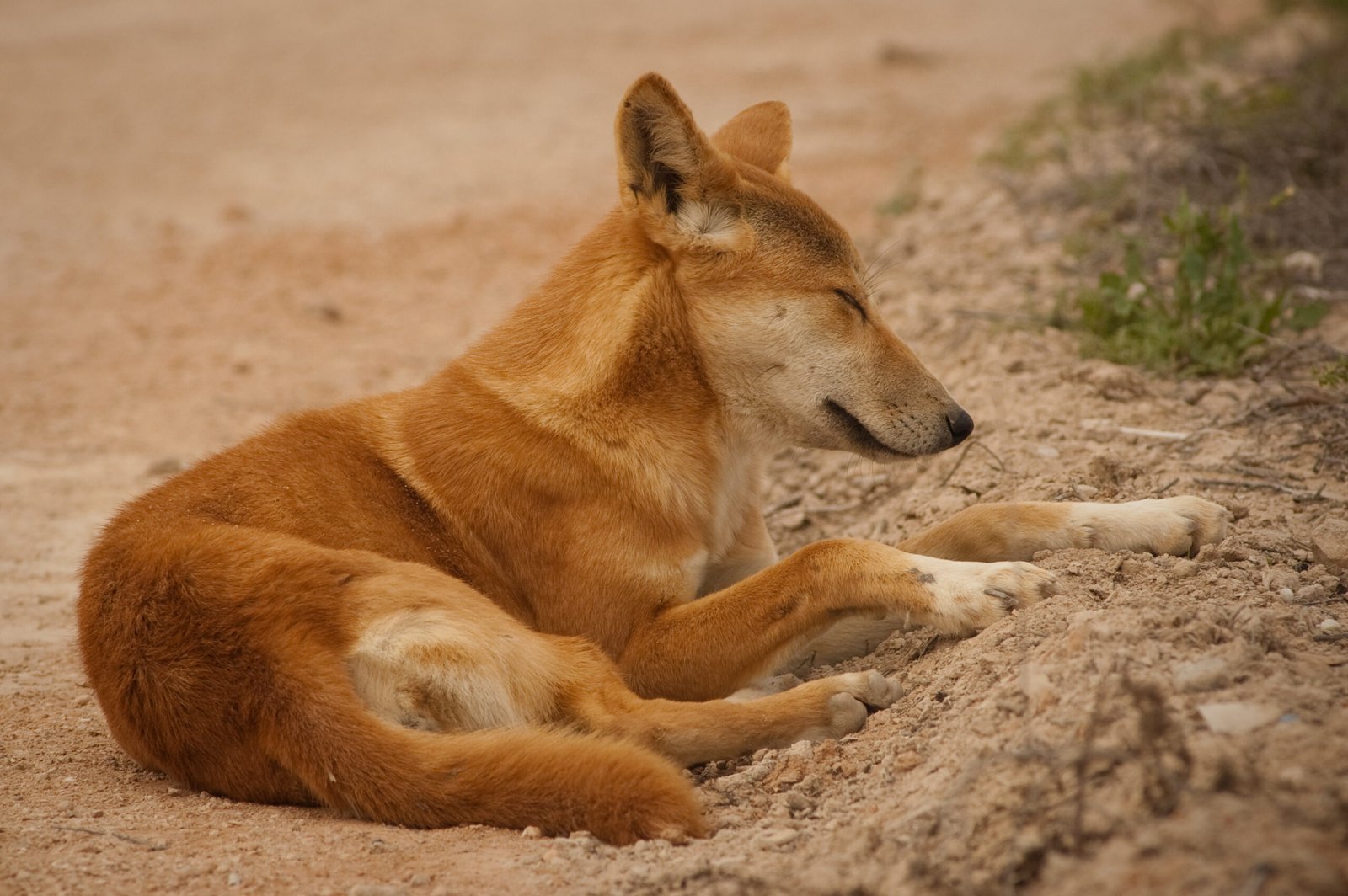
What does it actually mean for a species to be “native”? The definition is often more political than biological. In Australia, native species are typically those present before European colonization in 1788. By that standard, dingoes fit the bill. Yet, their relatively recent arrival compared to other wildlife breeds tension in scientific and public circles. Some argue that dingoes displaced or hunted native marsupials, while others say they filled a natural gap. This fuzzy line between “native” and “introduced” blurs further when you realize how dynamic ecosystems truly are. The debate is more than semantics—it shapes policy, conservation, and how Australians see their own heritage.
First Peoples and the Dingo Connection
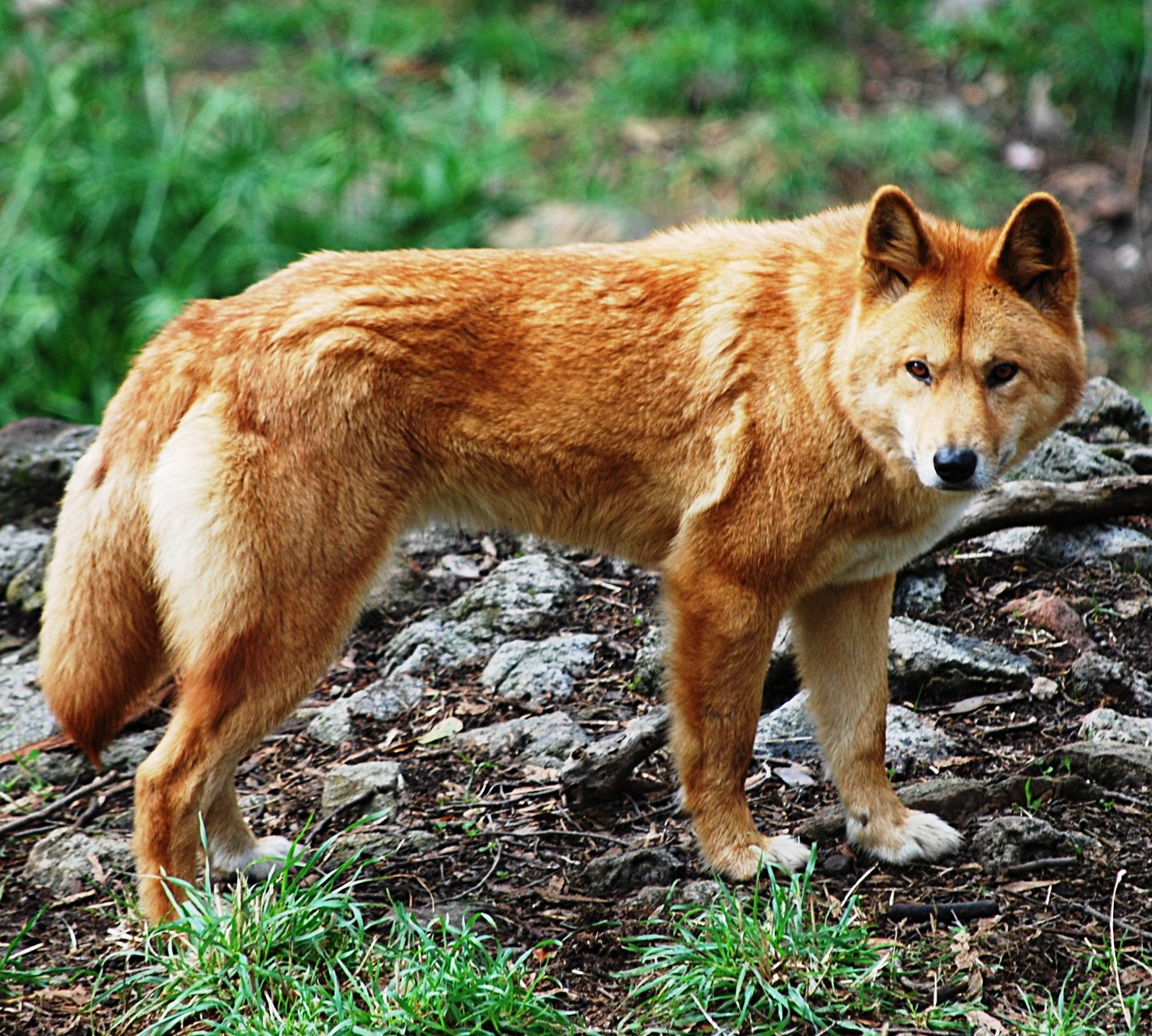
For Indigenous Australians, dingoes are woven into the fabric of culture, story, and survival. In many Aboriginal communities, dingoes are revered as companions, protectors, and even spiritual guides. Rock paintings thousands of years old depict these animals side by side with humans, suggesting a long-standing partnership. Aboriginal people used dingoes for hunting, warmth, and as part of daily life, much like the relationship between early humans and wolves elsewhere in the world. This deep-rooted connection highlights that the dingo’s story is not just ecological—it’s profoundly cultural. Ignoring this bond flattens the rich tapestry of Australian history.
Predator or Protector? The Dingo’s Ecological Role
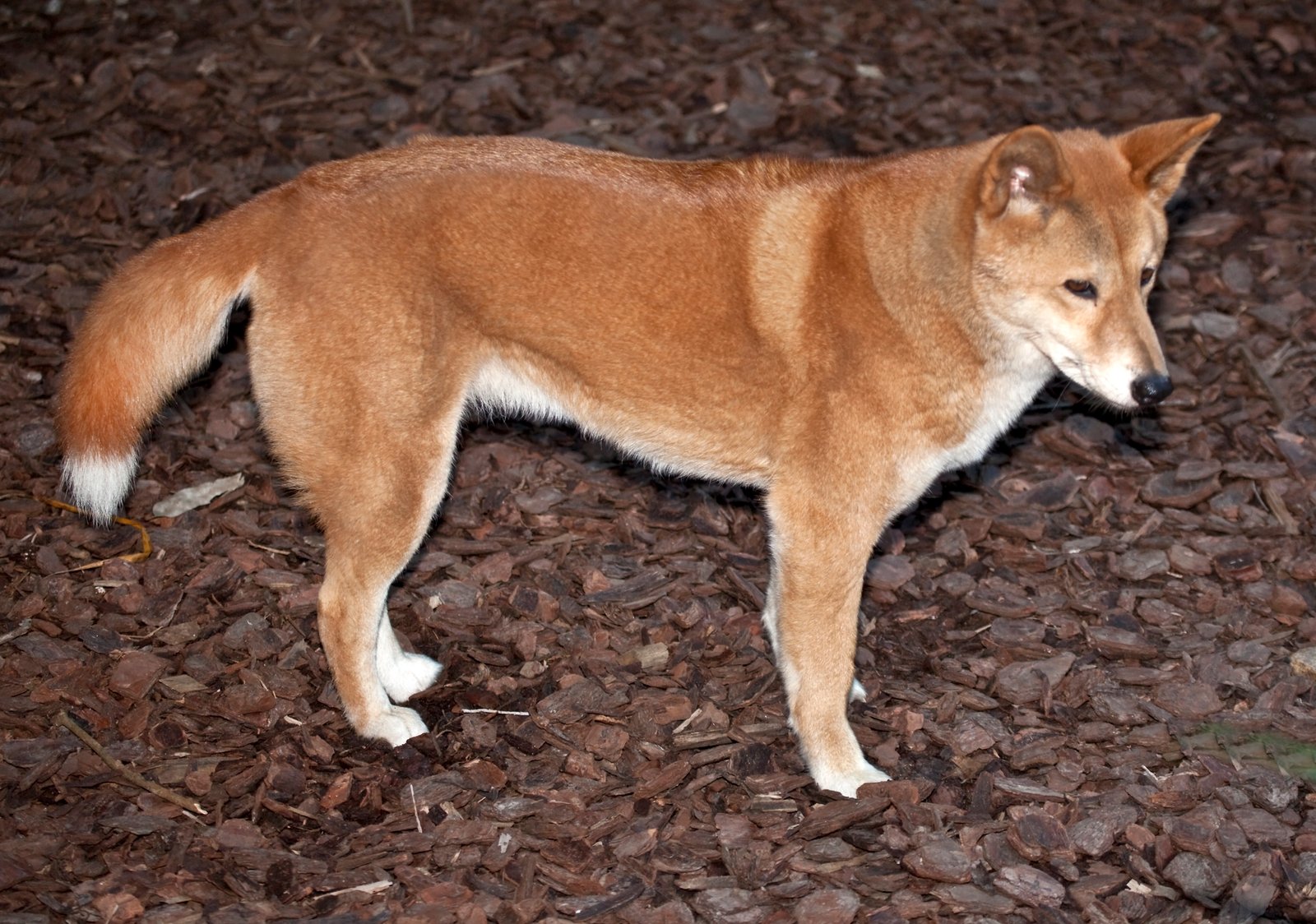
Dingoes play a double-edged role in Australia’s environment. As apex predators, they help control populations of invasive species like rabbits, foxes, and feral cats—animals that wreak havoc on native wildlife. Studies have shown that areas with healthy dingo populations tend to have more robust numbers of small mammals and birds. However, dingoes are also skilled hunters of livestock, particularly sheep, which puts them squarely in the crosshairs of farmers. This tension—between ecological benefit and economic cost—drives much of the ongoing debate. Are dingoes enemies or unsung heroes of the bush?
The Dingo Fence: A Monument to Conflict
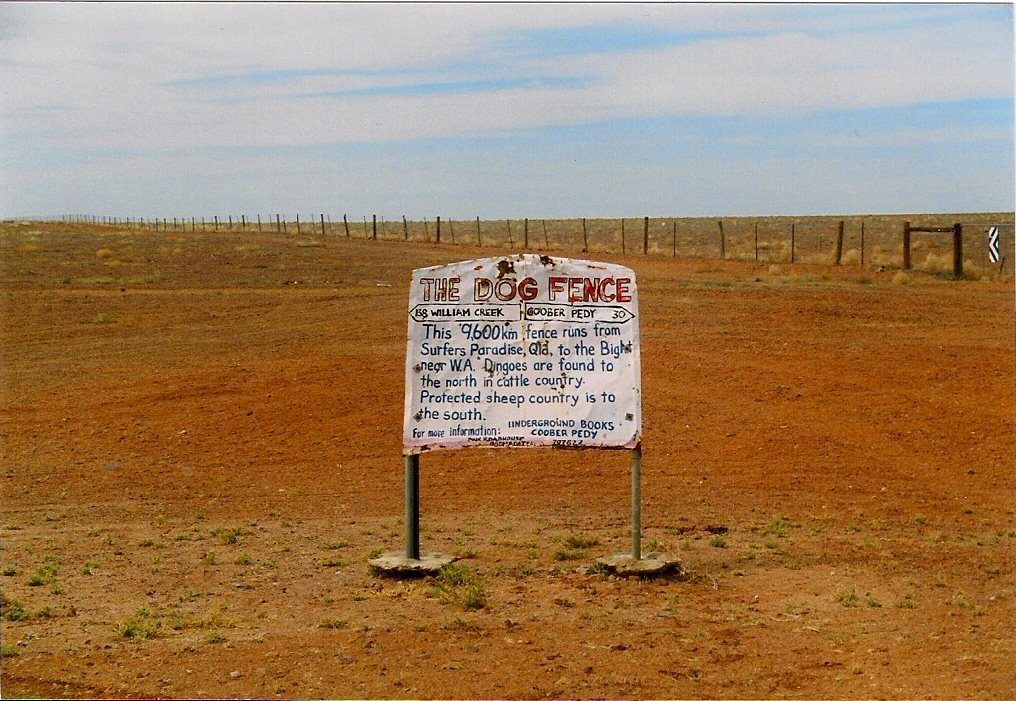
Stretching over 5,600 kilometers, the Dingo Fence is one of the world’s longest structures—and one of its most controversial. Built to keep dingoes away from sheep grazing lands, the fence slices across southeastern Australia like a scar. On one side, dingoes roam freely; on the other, their absence has led to ecological shifts, including explosions in kangaroo and rabbit populations. The fence is a stark reminder of how human efforts to control nature can backfire in unexpected ways. It’s both a symbol of protection and a monument to conflict between people and wildlife.
Genetic Purity and the Hybridization Dilemma
In recent decades, the genetic purity of the dingo has become a hot-button issue. Crossbreeding between dingoes and domestic dogs has created hybrids that blur the lines between wild and tame. This raises questions about what exactly we’re protecting when we talk about “saving the dingo.” Researchers use DNA analysis to distinguish pure dingoes from hybrids, but even experts admit that the boundaries are fuzzy. As more domestic dog genes seep into wild populations, the very essence of the dingo is at risk. The fight to conserve “true” dingoes has become a race against time—and genetics.
Livestock Losses and Farmer Frustration
For many Australian farmers, dingoes are more than just ecological players—they’re a source of real economic pain. Sheep stations in particular have been hard hit by dingo predation, with some reporting losses in the thousands. This has led to widespread use of traps, poisons, and culling to keep numbers down. The emotional toll on farming families can be immense, fueling resentment and sometimes hatred toward the animals. Yet, these methods often have unintended consequences, such as harming non-target species or destabilizing local ecosystems. The farmer-dingo conflict remains one of the most emotionally charged aspects of the debate.
Dingoes and Endangered Wildlife
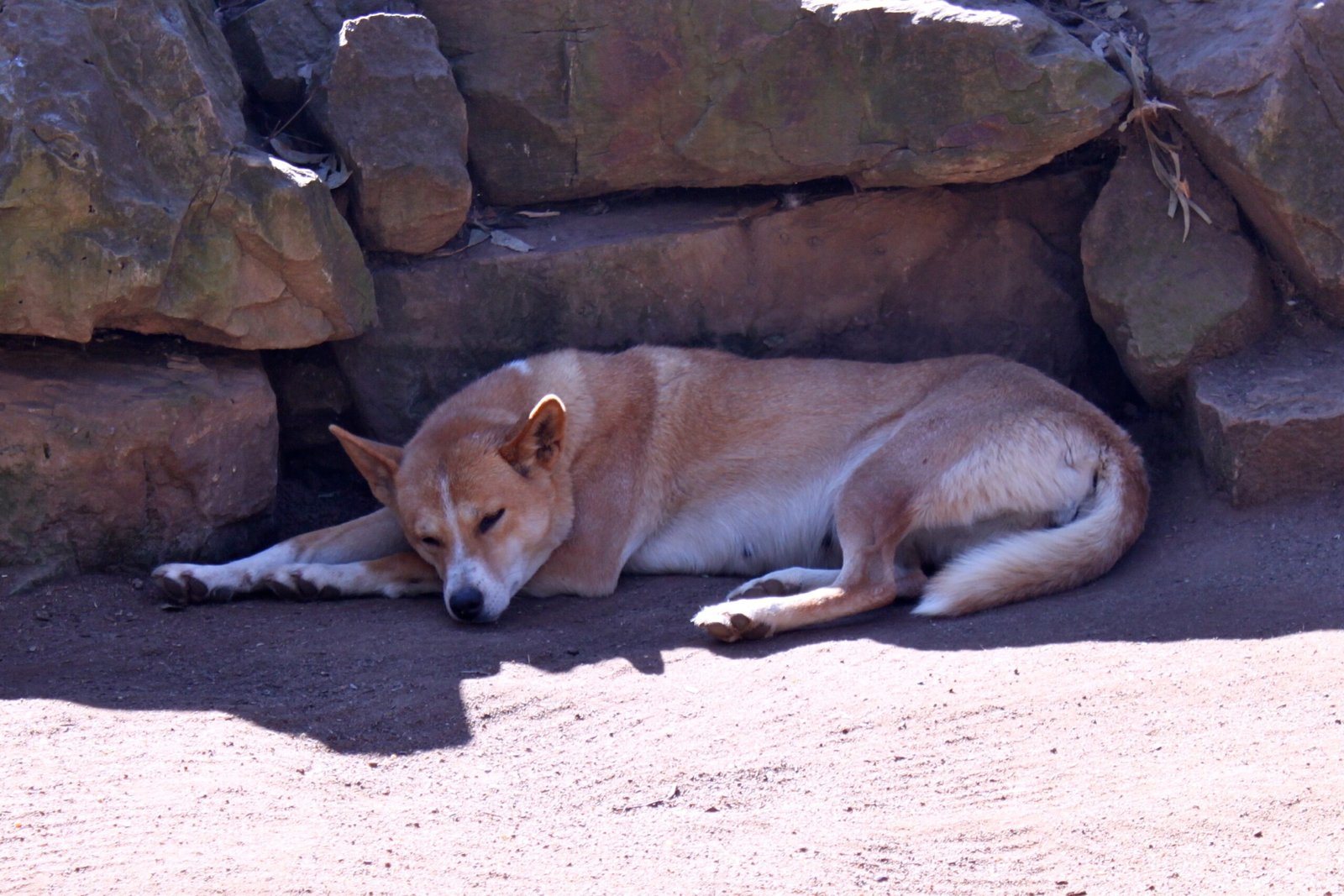
Dingoes’ impact on endangered species adds yet another layer to the debate. In some regions, dingoes have been implicated in the decline of vulnerable animals like the numbat and the bridled nailtail wallaby. However, removing dingoes doesn’t always solve the problem. In fact, their absence can lead to a boom in invasive predators, which may pose an even greater threat to native wildlife. Conservationists face tough choices: should they try to protect individual species at the expense of the broader ecosystem, or trust the dingo’s role as a natural regulator? It’s a delicate balancing act with no easy answers.
Legal Protections and Controversies
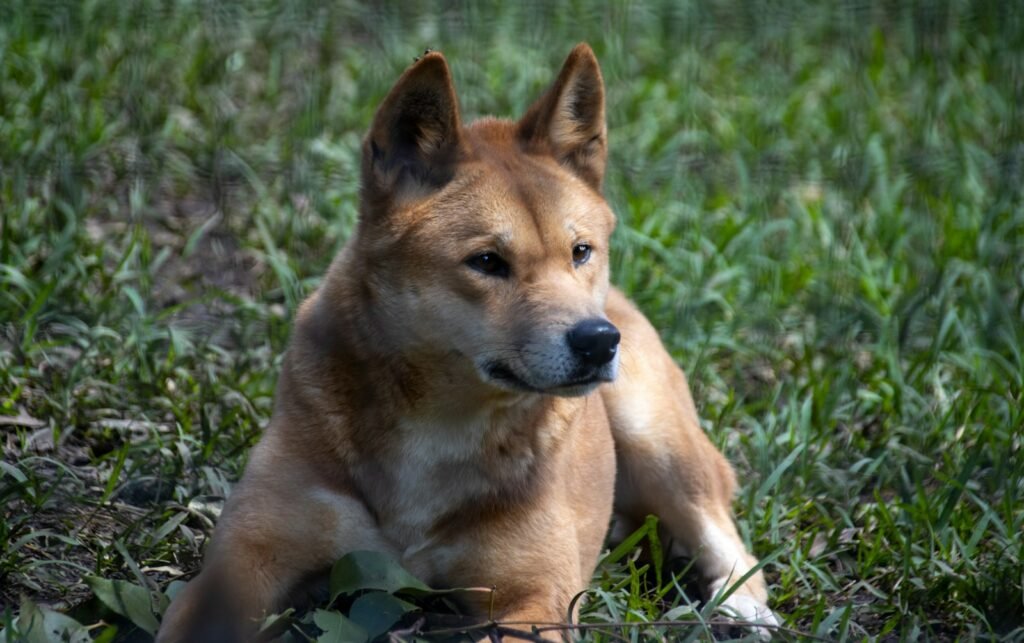
Australia’s states and territories are sharply divided when it comes to dingo management. In some areas, dingoes are protected as native wildlife; in others, they’re classified as vermin and can be killed without restriction. This patchwork of laws reflects the deep divisions in public opinion and scientific understanding. Wildlife advocates argue for national protection, citing the dingo’s ecological importance, while agricultural groups push for more control. The legal limbo leaves dingoes vulnerable to shifting political winds and makes it difficult to implement consistent, science-based management strategies.
Dingoes as Ecological Keystones
Some scientists see dingoes as true ecological keystones—species whose presence shapes entire ecosystems. By controlling populations of herbivores and smaller predators, dingoes help maintain the balance of plant and animal communities. Their absence can trigger “trophic cascades,” where the removal of a top predator leads to a domino effect of ecological changes. For example, without dingoes to keep kangaroos in check, overgrazing can strip landscapes bare, destroying habitats for other species. The dingo’s invisible hand guides the health of Australia’s wild places, whether we notice it or not.
Conservation Strategies: To Cull or Not to Cull?
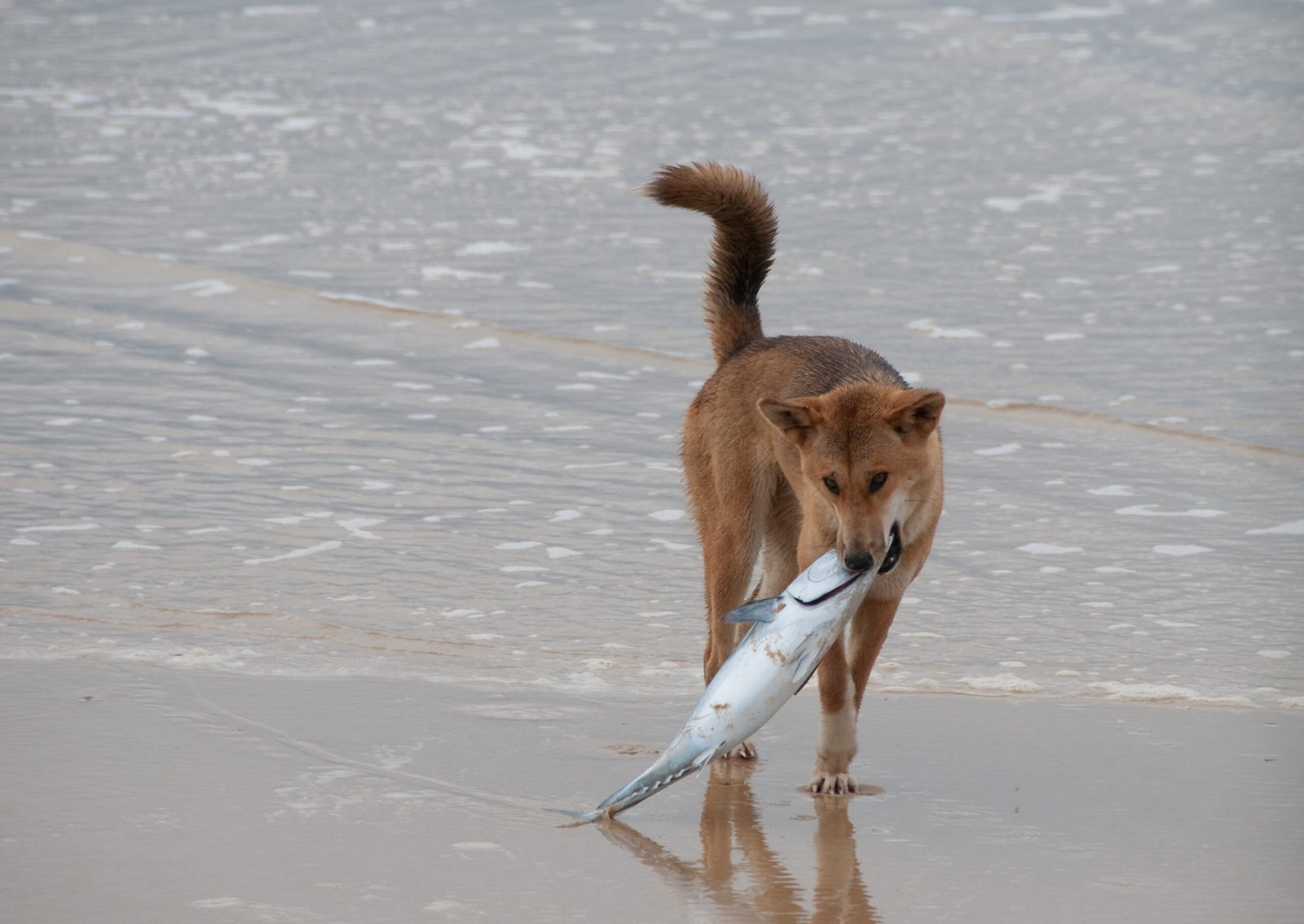
Managing dingo populations is a thorny issue. Some advocate for targeted culling or exclusion to protect livestock and endangered species, while others argue for coexistence and non-lethal methods. Strategies like guardian animals, improved fencing, and compensation schemes for farmers offer alternatives to killing dingoes. However, these solutions require investment and cooperation, which can be hard to muster in remote, cash-strapped communities. The search for a “middle path” between total protection and unchecked culling remains elusive. Each approach comes with its own set of risks and trade-offs.
Tourism, Culture, and the Dingo’s Changing Image
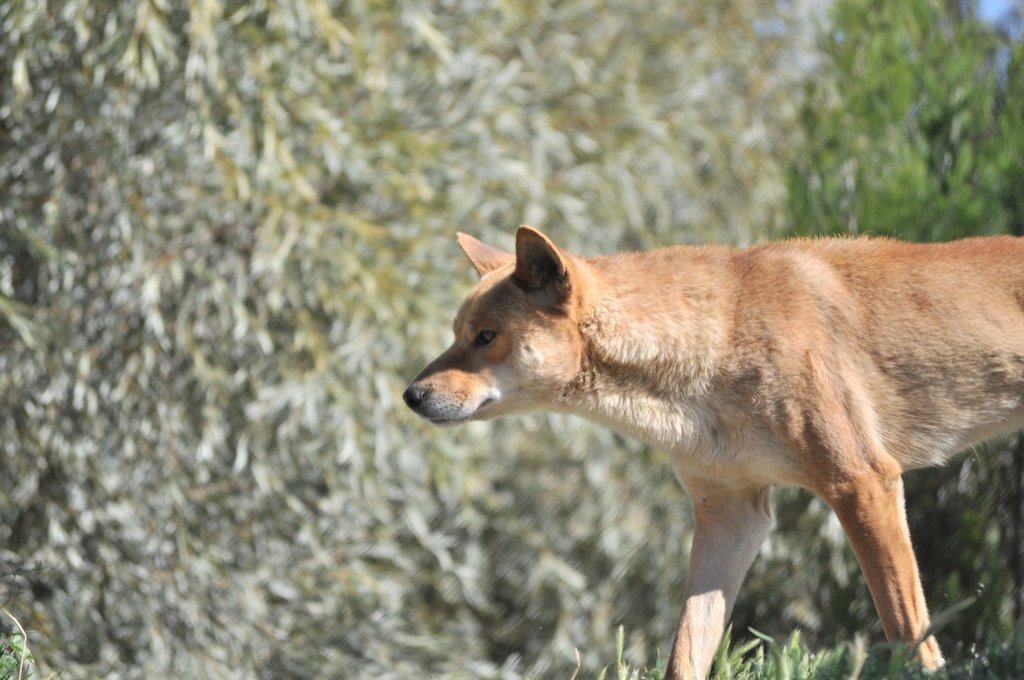
Dingoes have long fascinated locals and tourists alike. From postcards to documentaries, their image is woven into the fabric of Australia’s identity. Ecotourism ventures, especially on places like Fraser Island (K’gari), draw thousands of visitors hoping to catch a glimpse of a wild dingo. Yet, this popularity brings its own set of challenges, including habituation and dangerous encounters between dingoes and humans. The way we see and interact with dingoes is evolving, and so is their role in Australian culture. Are they fierce villains, tragic victims, or symbols of wild freedom?
Scientific Research and Shifting Perceptions
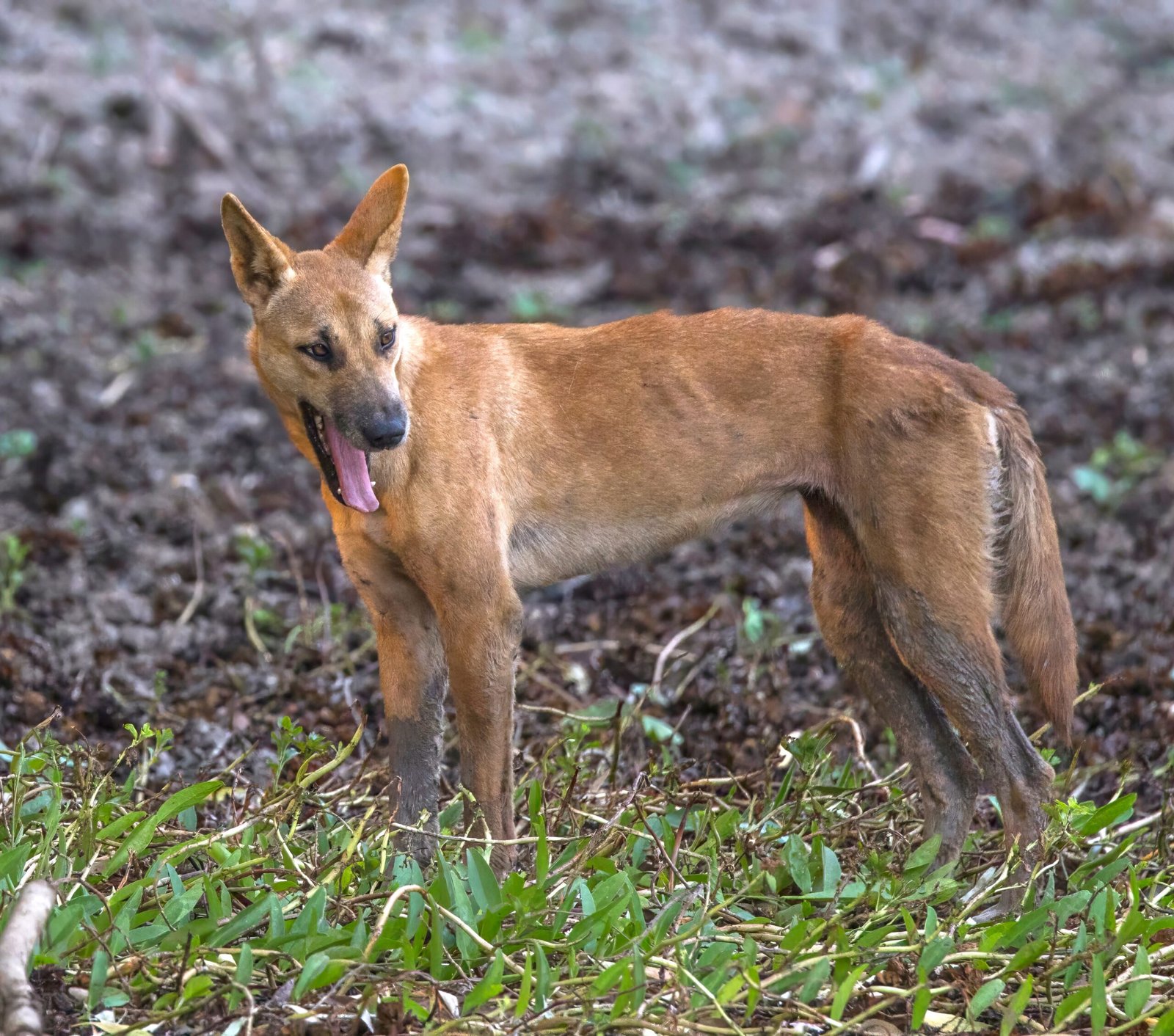
The last decade has seen an explosion of research into dingo ecology, genetics, and behavior. New studies continue to challenge old assumptions, revealing how dingoes interact with their environment in surprising ways. For instance, research shows that dingoes can suppress populations of invasive predators, benefiting native species in the long run. These findings are slowly changing public attitudes and influencing policy. However, science alone can’t resolve the debate—values, economics, and history are just as important. The dingo’s story is a reminder that wildlife management is as much about people as it is about animals.
Climate Change and the Dingo’s Future
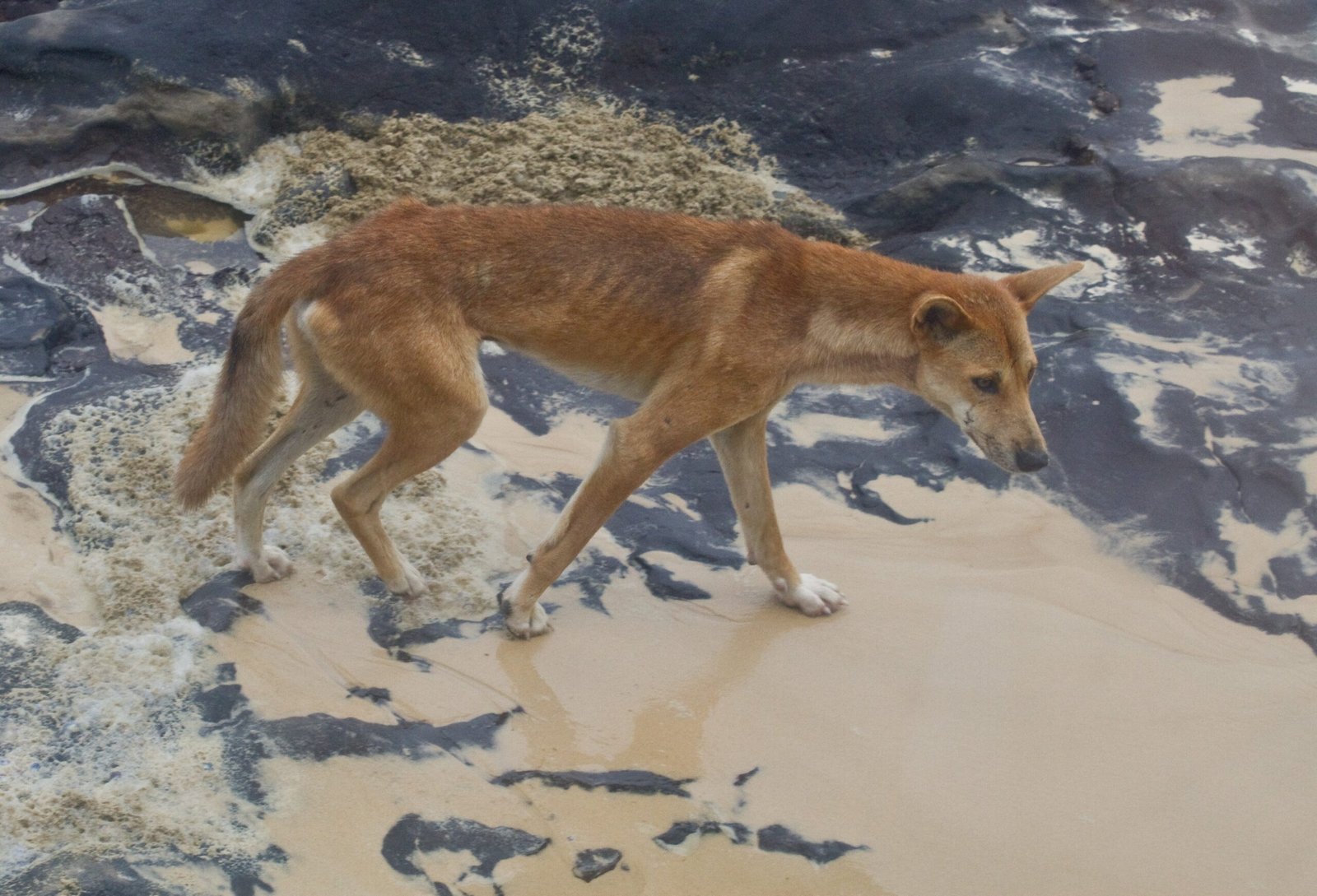
Australia’s climate is changing rapidly, bringing droughts, fires, and shifting habitats. Dingoes, with their remarkable adaptability, may play a crucial role in helping ecosystems cope with these stresses. By controlling herbivore numbers, they can reduce overgrazing and promote regrowth after fires—services that become even more valuable in a warming world. However, climate change also threatens the dingo’s own survival, as habitat loss and conflicts with humans intensify. The future of dingoes is tied to the fate of the land itself, making their story one of hope—and warning.
The Global Perspective: Lessons Beyond Australia
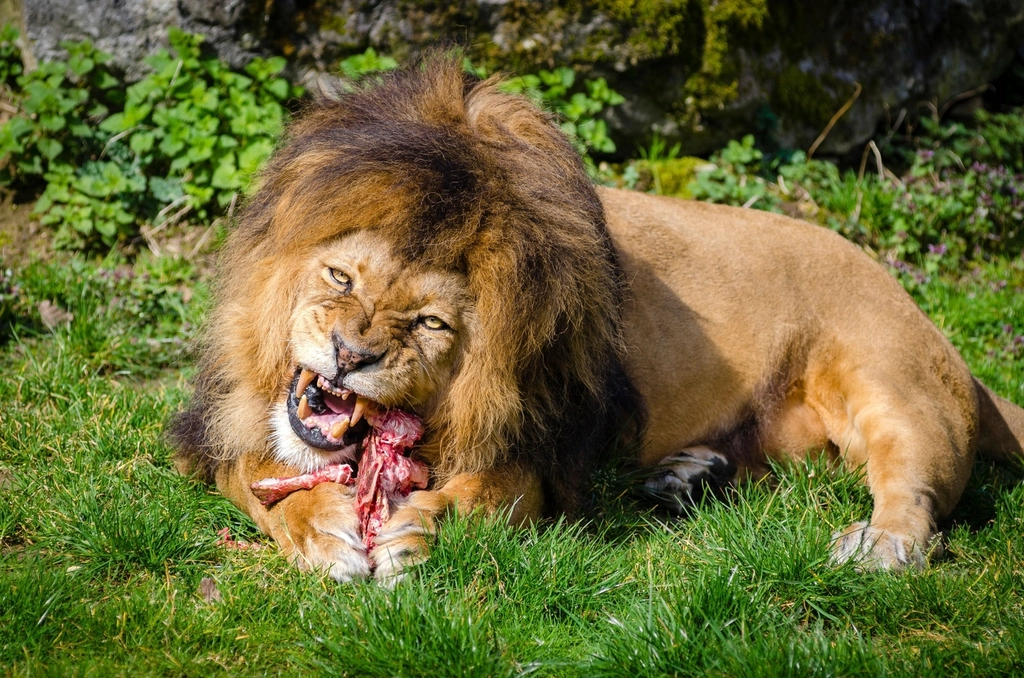
Australia’s dingo debate echoes similar controversies around the world. From wolves in North America to lions in Africa, top predators often find themselves at the center of fierce arguments over conservation, culture, and coexistence. The lessons learned from Australia—about compromise, adaptation, and the value of wildness—resonate far beyond its shores. The dingo stands as a symbol of the complex, messy relationships we have with the natural world. By looking at their story, we’re forced to ask: how do we decide who belongs, and who does not, in the places we call home?
Reflections on Identity, Wilderness, and Coexistence
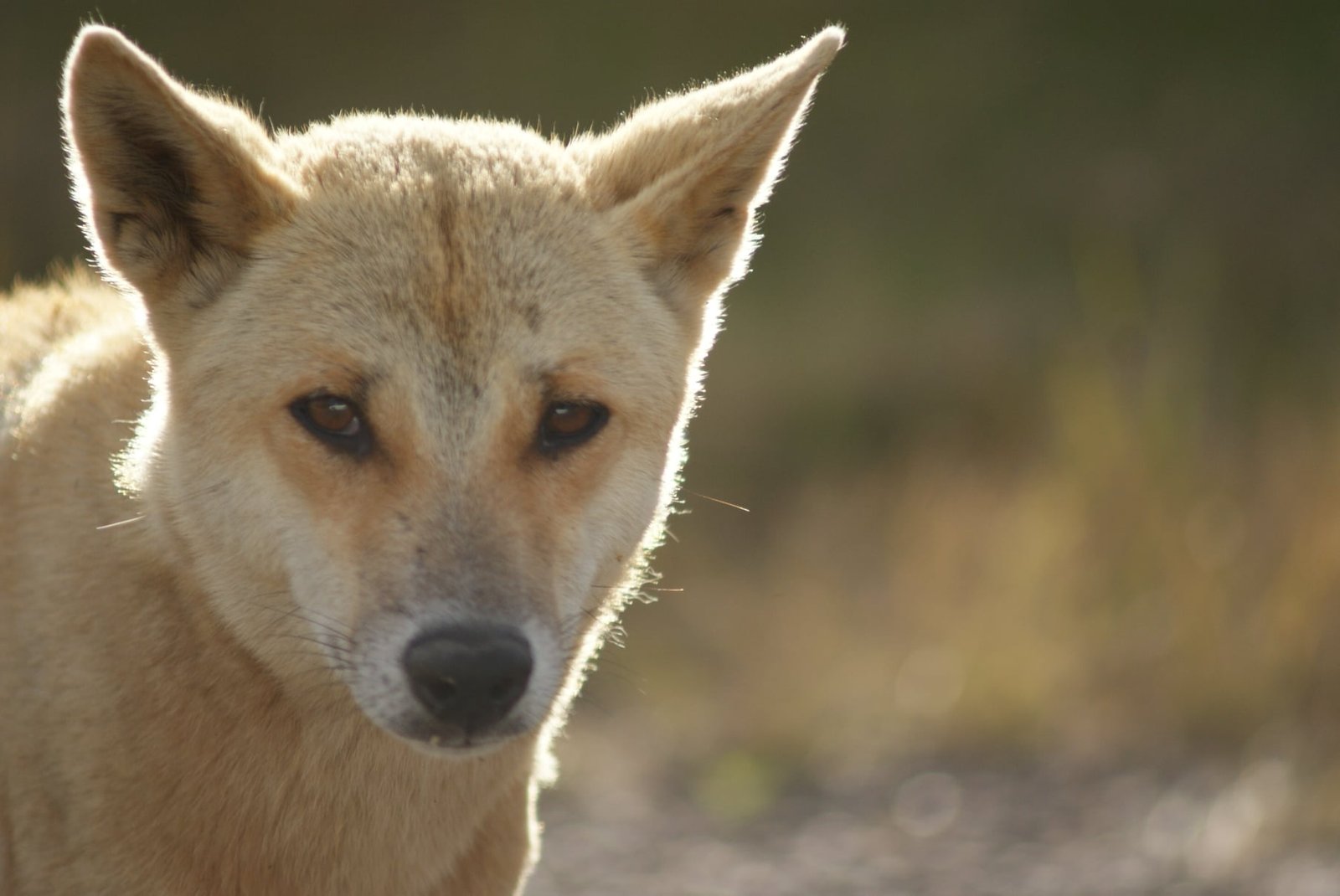
The dingo debate cuts to the very heart of what it means to be Australian, and what it means to share a landscape with wildness. It’s a story of contradictions—of love and fear, respect and resentment, progress and tradition. Dingoes challenge us to think differently about the boundaries between native and non-native, friend and foe, nature and humanity. Their survival, and the health of Australia’s wild places, depends on our willingness to embrace complexity, listen to diverse voices, and find new ways of living together. As the sun sets over the outback, the dingo’s howl lingers—a reminder that some questions are worth wrestling with, even if they never have easy answers.




